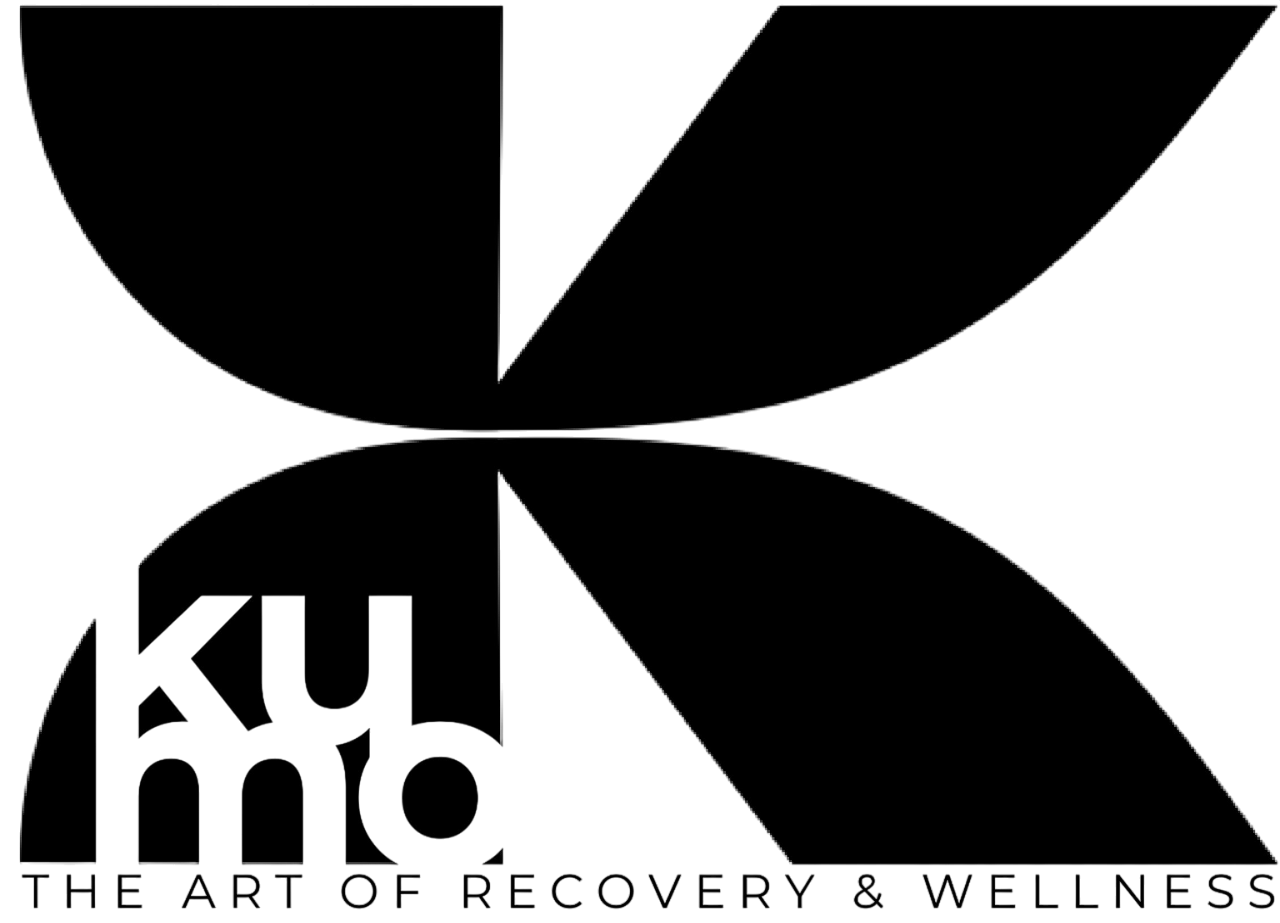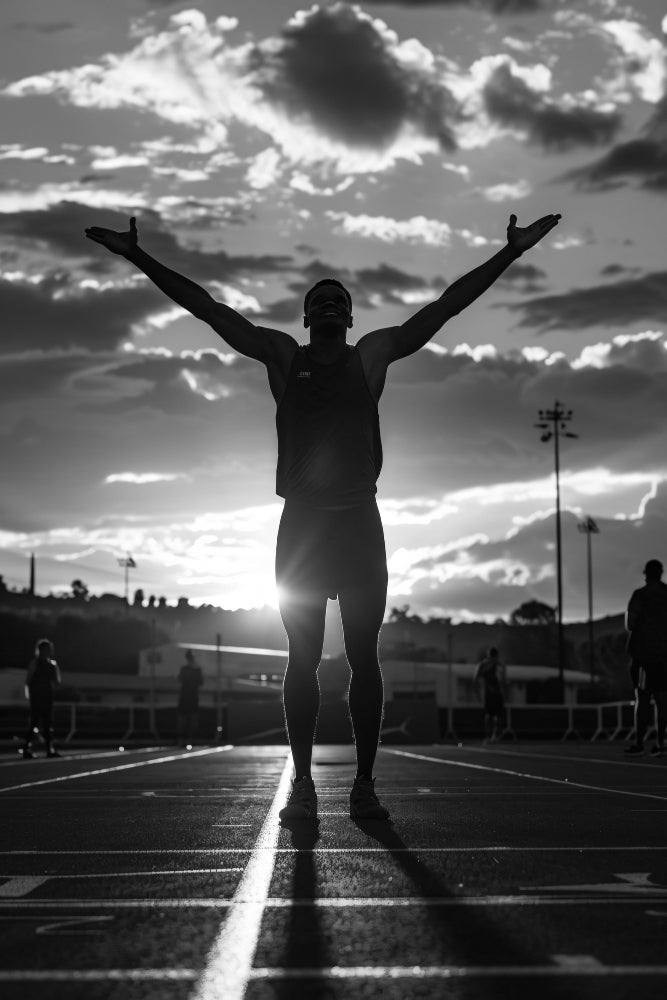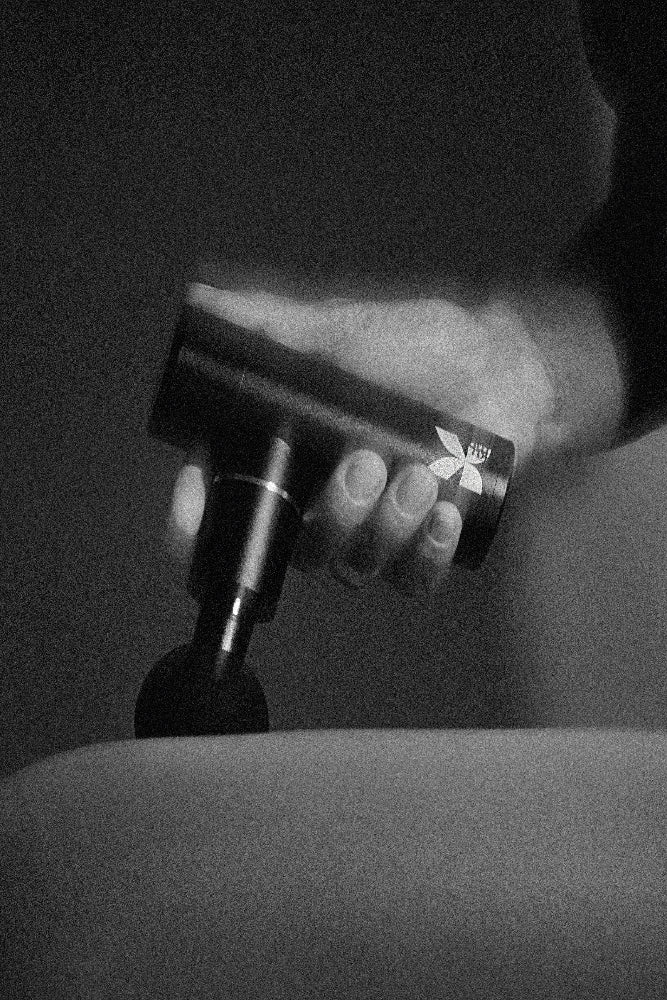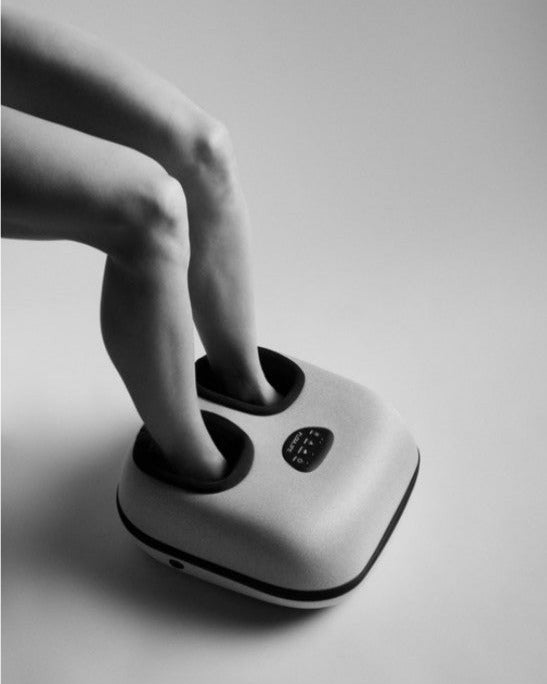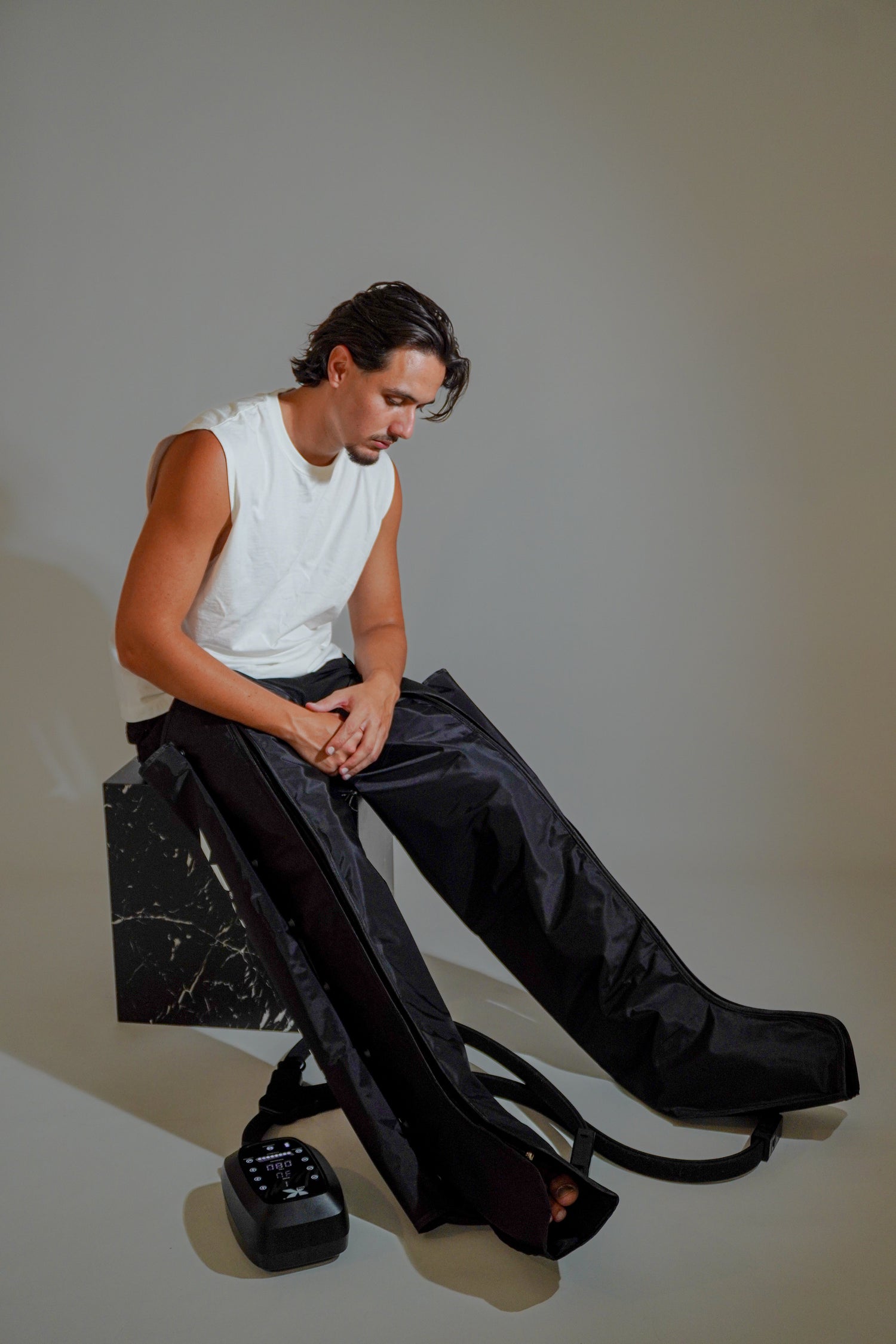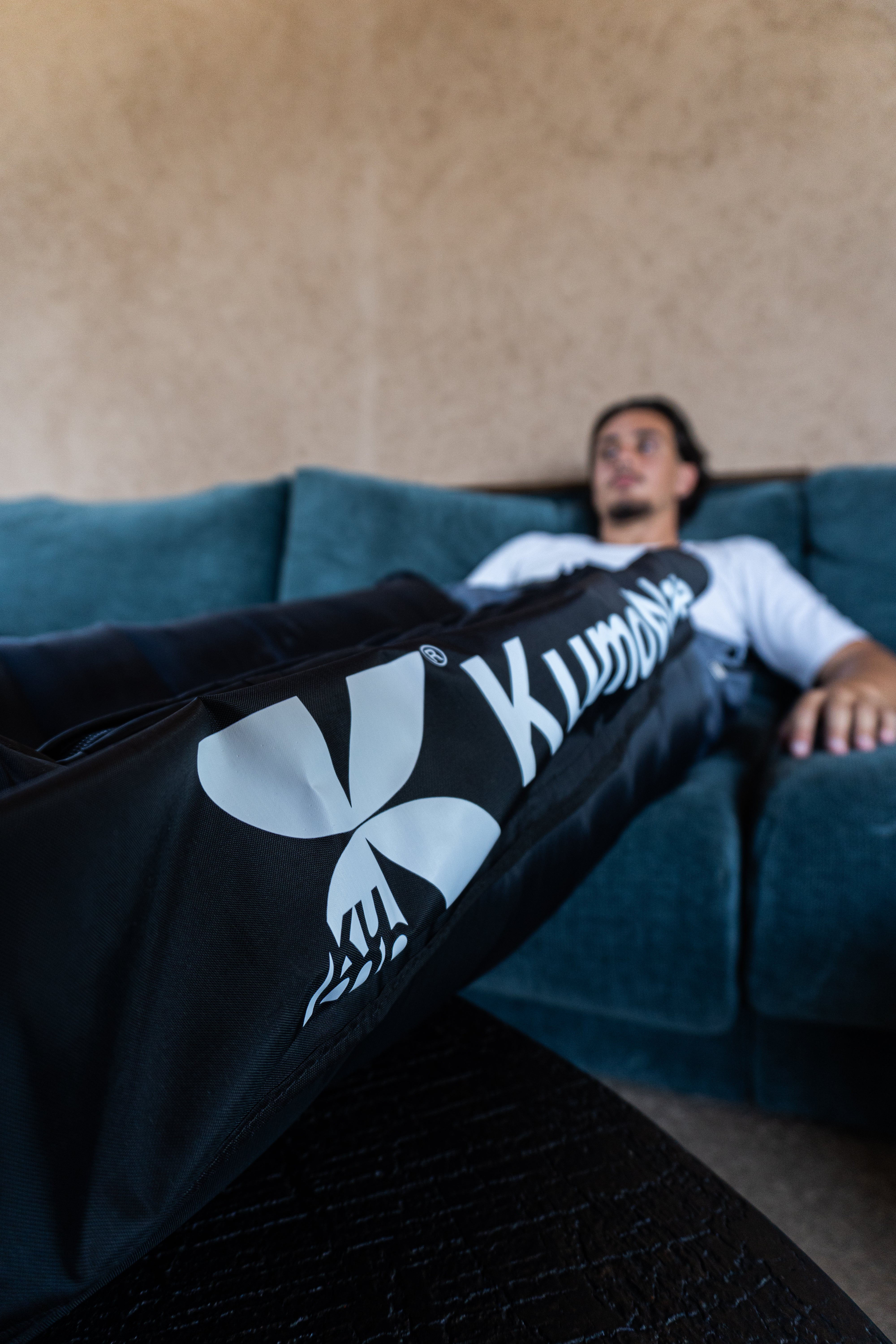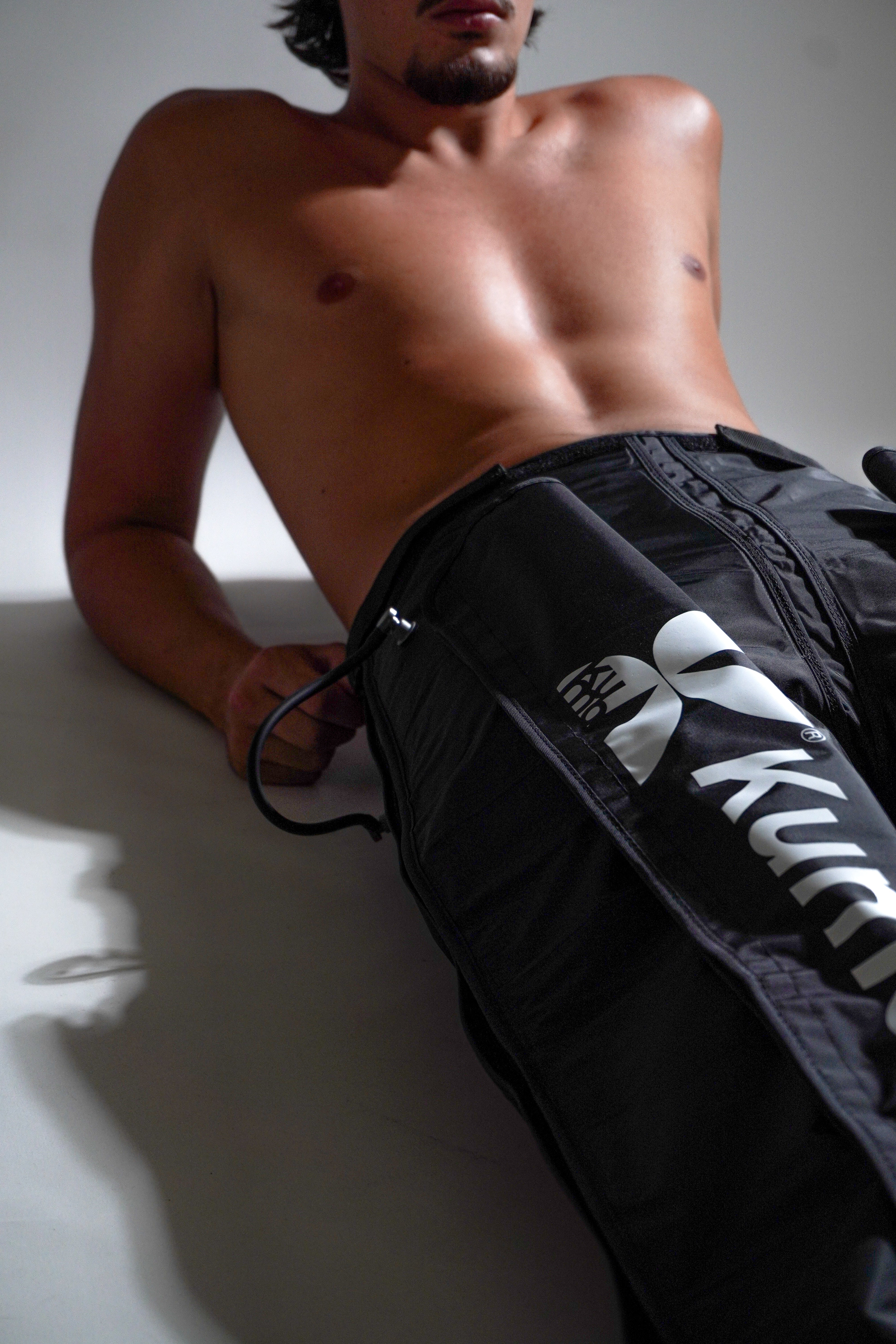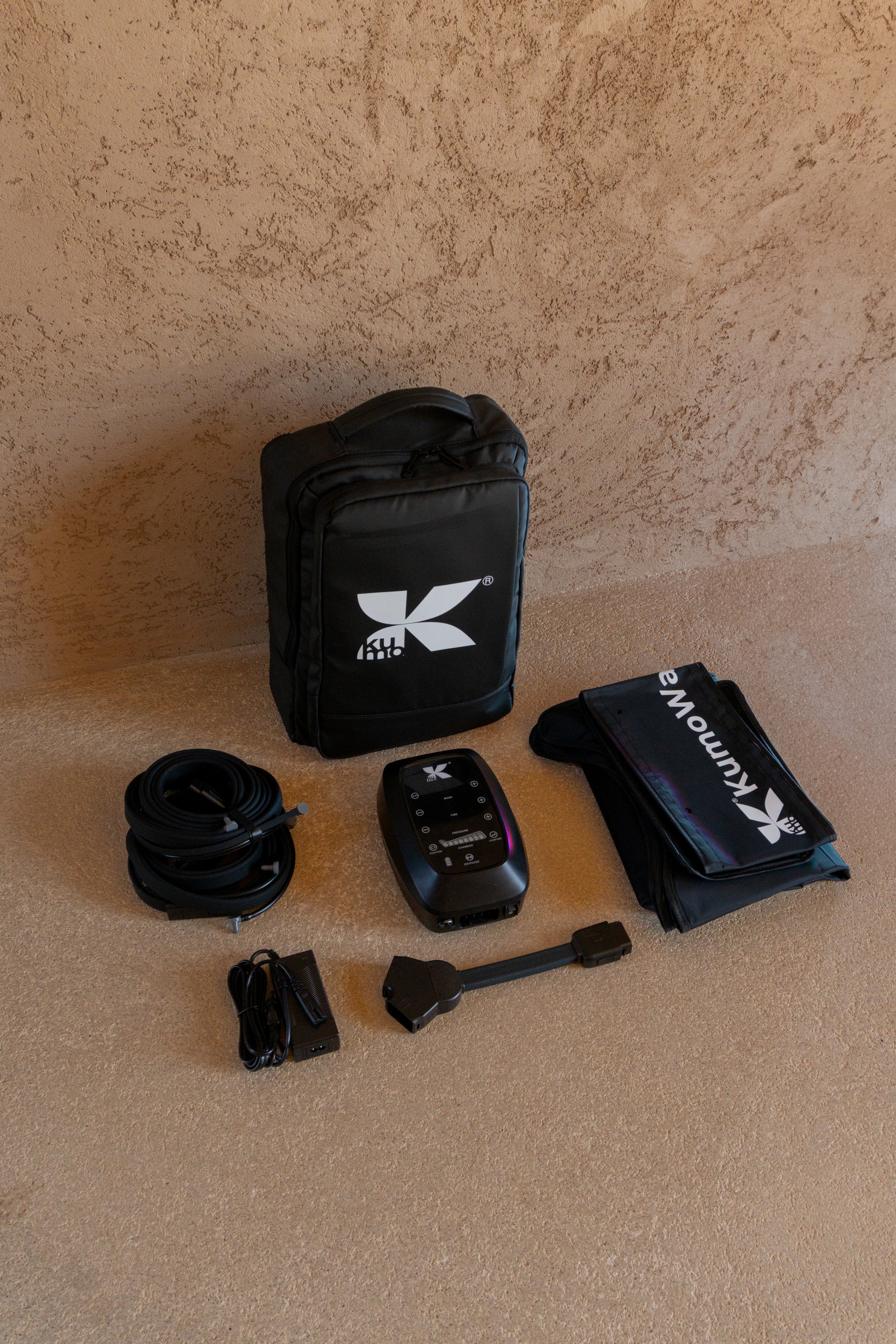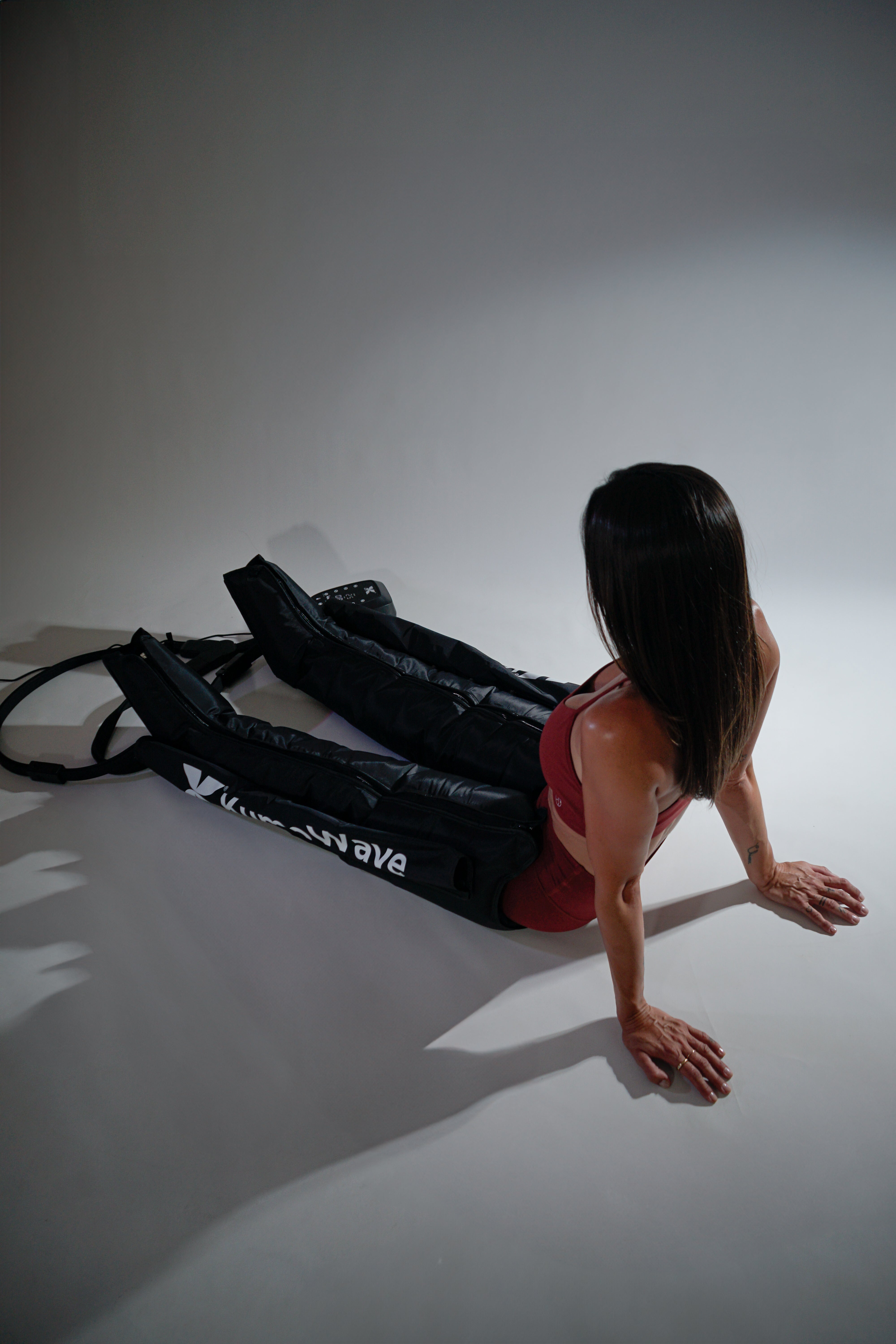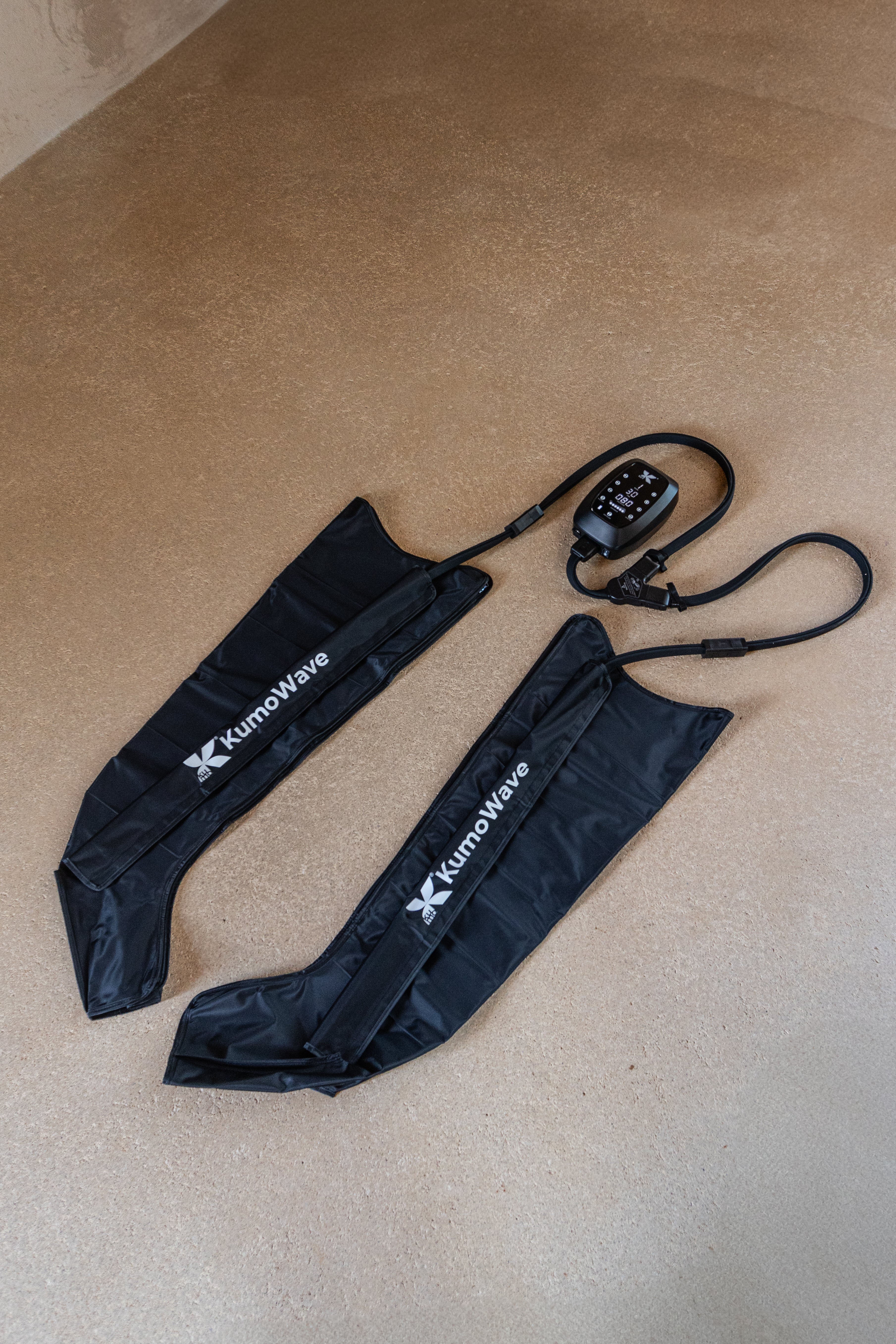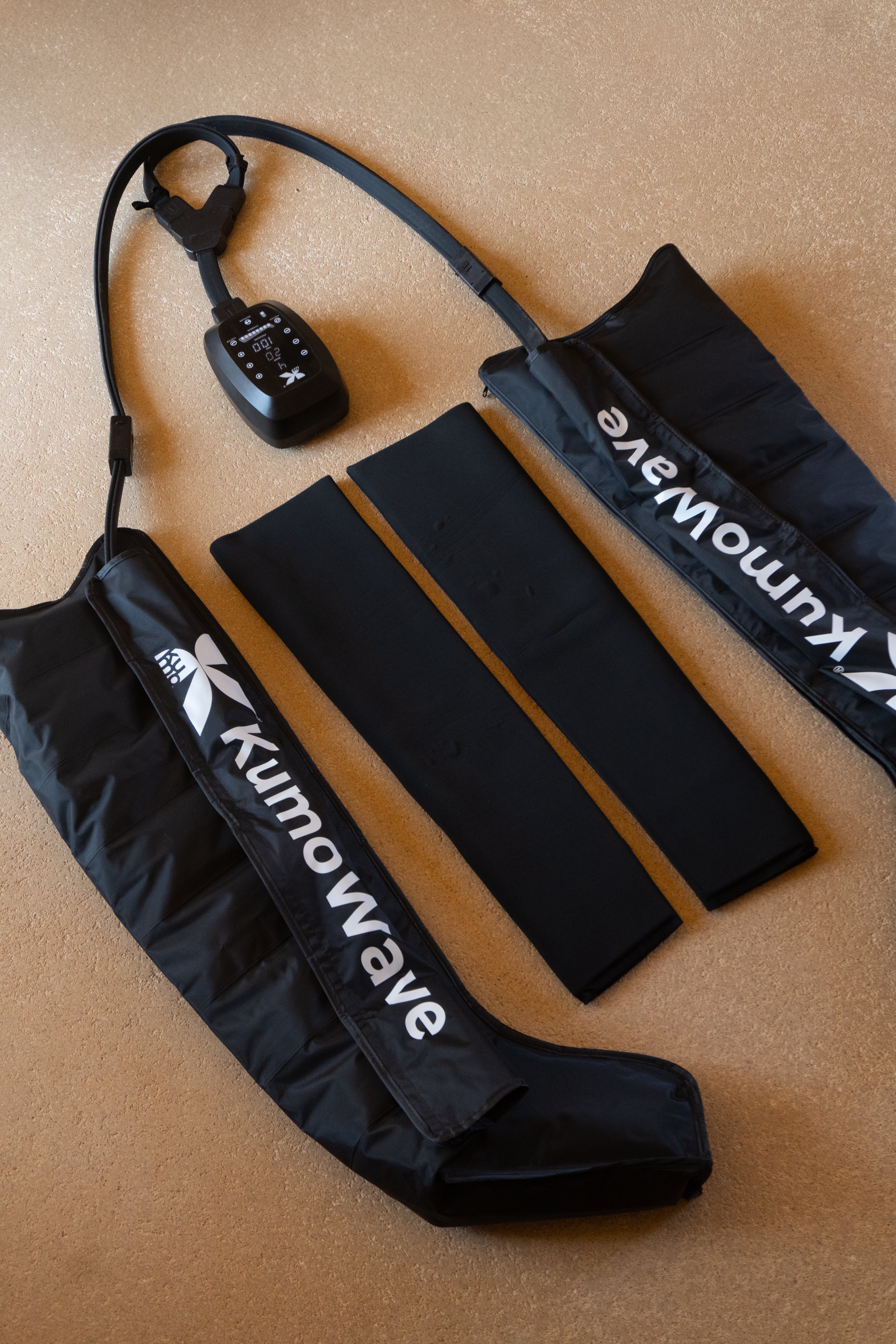Pressotherapy boots: A clear guide to using them at home in 2025. If you're looking to boost circulation, relieve tired legs, and speed up muscle recovery, here's a practical and safe guide to getting the most out of them.
Home pressotherapy uses intermittent pneumatic compression to boost venous and lymphatic return. In this guide, you'll learn how it works, its real-life benefits, steps for use, recommended time and pressure, contraindications, and 2025 routines. We'll also tell you how to combine it with other wellness tools and when to consult a professional.
Coming soon
- 15–30 minutes per session, 3–5 days/week, depending on goal and tolerance.
- Moderate and progressive pressure; avoid discomfort or numbness.
- Place the boots on clean, folded skin; in a semi-recumbent position.
- Sequential/peristaltic modes for drainage; fixed for spot relaxation.
- Do not use if thrombosis, infection, or acute pain is suspected; seek professional advice.
| Aspect | Quick recommendation |
|---|---|
| Duration | 15–30 min (initiation 10–15 min) |
| Frequency | 3–5 times/week or after efforts |
| Pressure | Mild to moderate, adjusted to comfort (no pain) |
| Modes | Sequential/peristaltic for drainage; focal zones for tension |
| Security | Avoid with suspected DVT, skin infections, open wounds; consult if you are pregnant or have vascular conditions. |
What is pressotherapy and how does it work?
Pressotherapy is an intermittent pneumatic compression (IPC) process using air chambers that inflate and deflate in sequence. This cycle creates a "pump effect" that promotes venous return, mobilizes fluids, and reduces the feeling of heaviness in the legs. Some boots include multiple compartments to direct the flow from the foot to the thigh.
- Sequential mode: segmental inflation, ideal for drainage and circulation.
- Peristaltic mode: continuous and gentle wave, overall massage feeling.
- Focal mode: emphasis on a specific area to release localized tension.
For a clinical overview of IPC, see this Cleveland Clinic explanation of intermittent pneumatic compression devices (updated periodically).
Benefits supported and for whom
- Tired legs and venous return: By supporting venous emptying, sequential compression can reduce the feeling of heaviness and mild edema. Systematic reviews have evaluated its role in vascular health and venous ulcers, with favorable results when used as a therapeutic adjunct under clinical criteria (Cochrane, review available) Cochrane Library .
- Sports recovery: After intense exercise, IPC can facilitate the elimination of metabolic byproducts and improve perceived comfort. Recovery guidelines for athletes recommend integrating compression techniques with sleep, hydration, and nutrition (Sports Medicine, 2018). Practical recovery recommendations.
- Long trips and sedentary lifestyle: Useful for “waking up” your legs after hours of sitting, but not replacing regular exercise.
Note: In medical settings (e.g., thrombosis prevention in hospital), IPC is used with specific protocols and clinical oversight (NICE) NICE guidance .
How to use pressure therapy boots step by step
Preparation and adjustment
- Hydrate lightly and empty your bladder. Keep your skin clean and dry.
- Remove rings or objects that may press on the skin.
- Place the boots on a comfortable surface, without wrinkles in the fabric.
- Lie down or sit with your legs elevated 10–20 degrees.
Standard home session
- Select sequential/peristaltic mode for general drainage.
- Choose gentle to moderate pressure at first. The benchmark is comfort: it shouldn't hurt or cause numbness.
- Initial duration: 10–15 minutes; progress to 20–30 minutes if tolerated well.
- Breathe calmly and notice your sensations. Pay attention to any pain, cramps, or numbness.
Frequency and times of day
- Post-exercise recovery: within 2–3 hours following training.
- Daily wellness: 3–5 sessions/week, alternating intensity.
- Travel or sedentary days: short sessions (10–20 min) at the end of the day.
To explore pressotherapy solutions designed for your routine, visit KUMO's specialized pressotherapy collection at KUMO .
Security: When to Avoid and When to Consult
Safety is paramount. Avoid use and consult a healthcare professional if you have:
- Suspected or recent history of deep vein thrombosis (DVT) or embolism.
- Active skin infections, open wounds, uncontrolled dermatitis.
- Decompensated heart failure, uncontrolled hypertension, unknown pain.
- Severe neuropathies with loss of sensation, fractures or recent surgeries without medical discharge.
- Pregnancy: Consult before use; circulatory needs change.
IPC is a clinically based intervention in multiple settings, but it should be used with discretion and comfort as a guide at home. If you have personal questions, contact us for guidance at KUMO Care .
Maintenance and cleaning
- Wipe the interior after each use with a soft cloth and a mild antibacterial solution. Air dry.
- Avoid direct exposure to the sun or excessive heat.
- Check zippers, valves and hoses weekly.
- Store boots without sharp creases to protect the inner tubes.
Routines 2025: examples by objective
- Wellness and light legs: 20 min, 4 days/week, sequential mode, moderate pressure.
- Recovery after HIIT or strength: 25–30 min, 3–4 days/week, easy start and progression.
- Office/Travel: 10–15 min upon arrival home, diaphragmatic breathing, legs elevated.
Combine with KUMO's complementary tools for a 360° approach:
- Red light for recovery and restful sleep LED light therapy .
- Percussion massage to release tension points before or after the KumoPulse Air session.
Learn about KUMO's smart and aesthetic recovery philosophy here KUMO Balance .
How to choose good pressure therapy boots
- Number of chambers: More segments allow for more targeted drainage.
- Pressure range and fine control: prioritizes progressive and safe adjustments.
- Inflation modes and profiles: sequential, peristaltic, focal; user memories.
- Ergonomics and sizing: comfortable fit on foot, calf and thigh.
- Quiet and portable: ideal if you use them at night or share space.
- Support and warranty: technical assistance and spare parts available.
Explore options designed for home use with a clear selection guide in our pressotherapy section. See collection .
Evidence and useful sources
- IPC is used clinically to promote venous return and as an aid in vascular protocols. Cochrane Review on IPC in Venous Ulcers (see methodology and results) Cochrane Library .
- General Medical Information on IPC and Procedure Safety (Cleveland Clinic) Intermittent Pneumatic Compression.
- Areas of clinical prevention, including protocols to reduce the risk of thrombosis in immobilized patients (NICE) NICE guidance .
Frequently Asked Questions
How long does it take to notice the effects?
Most users notice lighter legs and relaxation from the first sessions (10–20 min). More consistent changes, such as less evening heaviness or a more comfortable post-workout recovery, usually become evident after 2–3 weeks of regular use (3–5 sessions/week). Remember that pressotherapy is a complement: enhance its results with hydration, sleep, and daily movement. If you're looking for specific goals (e.g., reducing persistent edema), consult a professional to adjust your protocol and rule out medical causes.
What is the “right” pressure to use at home?
There's no single universal setting: the guideline is comfort without pain or numbness. Start with gentle to moderate pressure and progress if you tolerate it well. Avoid exceeding levels that leave deep marks, tingling, or cramps. Also adjust according to the mode (sequential or peristaltic) and your mood: after intense workouts, gentler pressures are often more comfortable. If you have vascular conditions, neuropathies, or are pregnant, consult a doctor before making your adjustments.
Is it better before or after exercise?
For most people, the best time is after exercise, within 2–3 hours, when you want to promote venous return and a feeling of recovery. Before training, you can do a short, gentle session (8–12 minutes) to "activate" without fatigue, especially if you've been sitting for a long time. Adjust accordingly: if you feel heavy after long pre-workout sessions, reduce the time or save the pressotherapy for post-workout.
Can it be used daily?
Yes, as long as you keep your sessions reasonable (15–30 minutes) and listen to your feelings. Many people alternate days of moderate pressure with days of easy pressure, or combine short sessions after sedentary days with longer ones after training. Signs to reduce or pause include pain, numbness, skin color changes, or discomfort that persists after the session. If you're under medical treatment, discuss the frequency with your healthcare provider.
How is it different from compression stockings?
Stockings provide static, continuous compression, useful for daily support and travel. Pressure therapy boots apply dynamic, intermittent compression through chambers that inflate sequentially, promoting a more active "pump." Many people combine both: stockings during the day and pressure therapy at home to recover and relieve tension. If you have a specific medical indication, follow your specialist's guidelines on which tool to use and when.
To remember
- Pressotherapy at home promotes venous/lymphatic return and improves leg comfort.
- Start gently: 10–15 min, comfortable pressure, sequential mode; progress gradually.
- Prioritize safety: If you experience pain, infection, or suspected thrombosis, do not use it and consult a doctor.
- Combine it with sleep, hydration, movement and complementary KUMO tools.
- Maintain hygiene and inspect equipment to ensure performance and durability.
Take the next step toward smart recovery: discover our selection of pressotherapy and wellness treatments at KUMO Home or visit the dedicated Pressotherapy section. If you need personalized help, we're just a click away. Contact KUMO .
